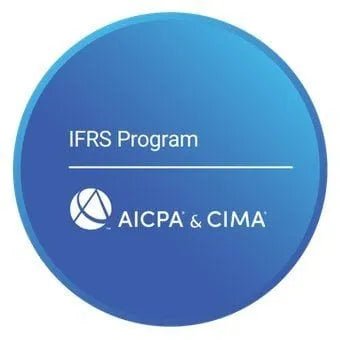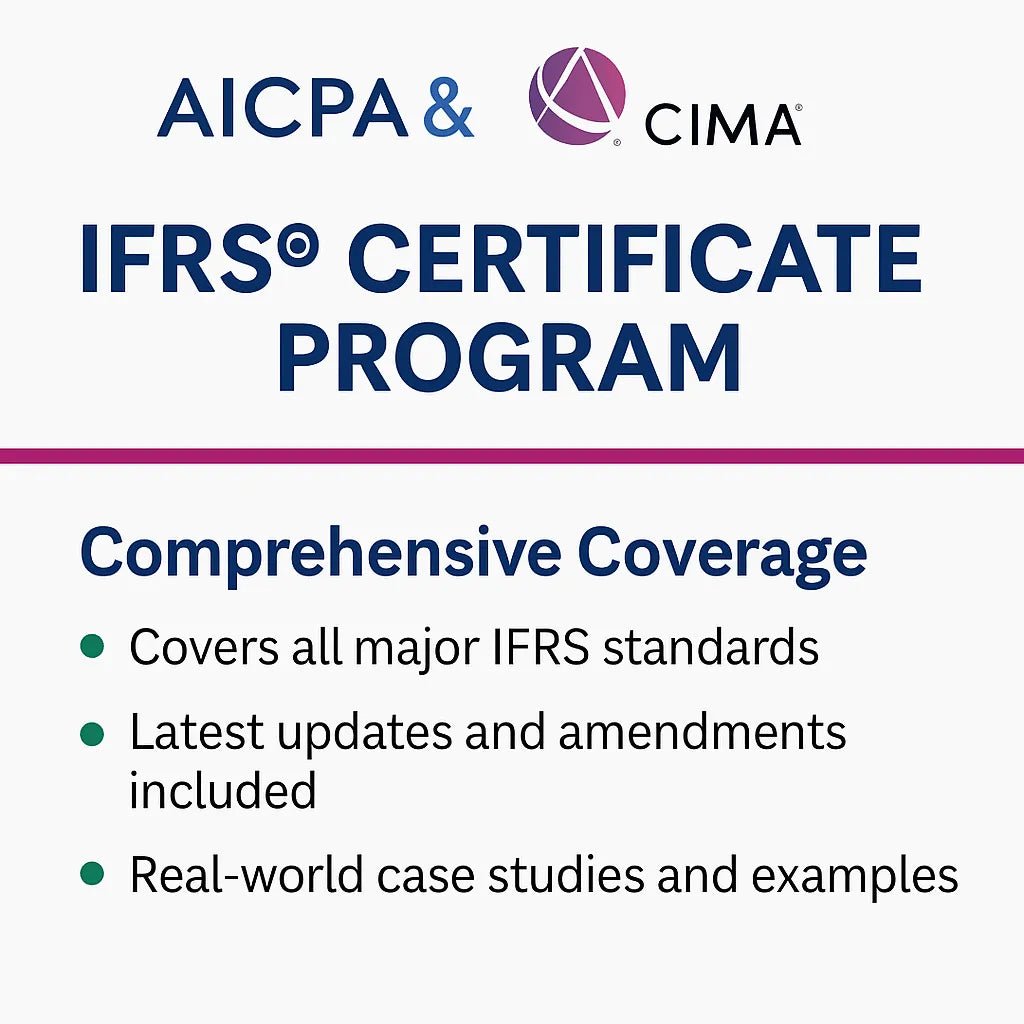Certificate of Insurance: A Comprehensive Guide
Introduction to the Certificate of Insurance (COI)
Certificate of Insurance is a document every business must understand to manage risk and ensure compliance. From small businesses and contractors to large corporations, having a solid grasp of COIs ensures you’re not left vulnerable in case of incidents or claims. This guide will dive into COI, when you need it, and how to use it effectively to protect your business interests.
What is a Certificate of Insurance?
A Certificate of Insurance (COI) is an official document from an insurance provider that summarizes the critical details of an insurance policy. It’s used as proof of insurance, outlining crucial information such as:
- Types of Coverage: General liability, auto liability, workers’ compensation, and more.
- Policy Limits: The maximum amount the insurance will cover.
- Effective Dates: Start and end dates of coverage.
- Named Insured: The entity or person covered under the policy.
It’s important to remember that a COI only confirms the existence of coverage and isn’t a substitute for the entire insurance policy.
Need help picking the right type? Visit our post on Types of Certificates: Choosing The Right One.
Why COIs are Crucial for Businesses of All Sizes
COIs aren’t just bureaucratic formalities but integral to effective risk management. They:
- Proof of Coverage: It shows clients, vendors, or landlords that you’re insured.
- Risk Management: It helps manage liability risks by confirming proper insurance.
- Compliance: Many contracts require proof of insurance before work can begin.
Example: If you’re a contractor starting a new project, clients often require a COI to ensure liability coverage before any work starts.
See Top 6 Reasons to Request a Current Certificate for insights on specific scenarios.
Common Misconceptions About Certificates of Insurance
- COI Guarantees Coverage: A COI only confirms that a policy exists. It doesn’t guarantee coverage for all claims.
- COI Is a Contract: It’s simply a summary, not the entire policy, and cannot be relied upon for detailed coverage terms.
- No Need to Verify: Always double-check COIs for accuracy and expiration dates to protect you adequately.
Understanding these misconceptions can save your business from costly mistakes.
Critical Components of a Certificate of Insurance
Named Insured: Who is Covered?
The Named Insured section lists the policyholder. Ensuring this matches the entity you’re doing business with is crucial. For example, if you’re hiring a subcontractor, the company name on the COI should precisely match the one in your contract.
Types of Coverage Listed on a COI
A COI typically includes multiple coverage types, such as:
- General Liability: Covers bodily injury and property damage.
- Auto Liability: Essential if vehicles are involved in operations.
- Workers' Compensation: Protects against employee injury claims.
- Property Insurance: Covers damage to physical assets.
Need more specific coverages, like cyber insurance? Check out our Cyber Insurance guide.
Policy Limits: Understanding Coverage Amounts
Policy limits define the maximum amount the insurer will pay for a claim. Always verify that these limits meet your contractual obligations and are sufficient to cover potential risks.
Effective and Expiration Dates
Effective dates show when coverage starts, and expiration dates indicate when it ends. Ensure these dates align with your project timelines. Never accept a COI with outdated coverage.
Related: See how policy coverage impacts common scenarios in Whether Homeowner Insurance Covers Mold.
When and Why You Need a Certificate of Insurance
Situations Requiring a COI
- Before Hiring a Contractor: Ensure they have coverage for liability and workers’ comp.
- When Leasing a Property: Confirm that tenants carry renter’s or liability insurance.
- For Business Partnerships: Protect your company from third-party claims.
For more guidance, explore What To Include In A Certificate of Insurance.
Top Mistakes to Avoid in Certificate of Insurance Management
Managing Certificates of Insurance effectively can be challenging. Here are the top mistakes to avoid:
- Ignoring Expiry Dates: Ensure policies are current and haven’t expired.
- Not Reviewing Coverage Details: Always check for adequate coverage limits.
- Missing Additional Insureds: Make sure you’re listed if needed.
To learn more about avoiding these errors, check out Top 5 Mistakes in Certificate of Insurance Management.
How to Obtain a Certificate of Insurance
Requesting a COI from Your Insurance Provider
Request a COI through your insurance company’s online portal or customer service. You’ll need details like your policy number, the type of coverage, and the certificate holder’s information.
What Information You Need to Provide
Ensure you have the certificate holder's correct name and address and any specific coverage or endorsement details required by your contract.
Verifying the Accuracy of a Certificate of Insurance
Checking for Completeness and Accuracy
- Verify Named Insured: Ensure the policyholder’s name matches your contract.
- Review Policy Limits: Check that the limits meet or exceed your requirements.
- Confirm Effective Dates: Ensure coverage is current and won’t expire before the project ends.
Common Errors to Watch Out For
- Incorrect policy numbers
- Outdated expiration dates
- Missing or incorrect additional insured details
If you notice discrepancies, request corrections from the insurance provider immediately.
Learn More: Understand the impact of errors in How Certificates Differentiate Between Liability Policies.
Understanding Additional Insureds on a COI
Who Qualifies as an Additional Insured?
The term “Additional Insured” refers to a person or entity added to a policy to receive coverage. This status protects the additional insured from claims related to the policyholder's operations. For instance, landlords often require tenants to name them as additional insureds.
- Why It Matters: Being listed as an additional insured ensures you're not financially liable for someone else’s risks.
- Where to Check: Verify this on the Certificate of Insurance under the “Additional Insured” section.
Discover more about this topic in our post on Additional Insured Explained.
How to Read and Review a Certificate of Insurance
When you receive a Certificate of Insurance, follow these steps:
- Verify the Insured’s Name: Ensure it matches the name of the person or company you’re doing business with.
- Check Coverage Types: Make sure the coverage matches your contractual requirements.
- Review Limits: Confirm that the policy limits are adequate for your needs.
- Examine Effective Dates: The coverage should be active during your contract period.
- Look for Additional Insureds: Confirm you or your business is listed if needed.
Digital Certificates of Insurance: The Future
Transitioning to Digital COIs
Switching from paper to digital COIs streamlines document management. Digital COIs are more accessible for sharing, updating, and storing securely.
Advantages of Digital COIs
- Instant Access: Retrieve COIs quickly for audits or client requests.
- Secure Storage: Protect sensitive information with encryption and access controls.
- Efficiency: Automate updates and reminders for expiring coverage.
For more on optimizing document management, explore the CMA US Course for workflow solutions in financial management.
Best Practices for COI Management
- Keep Records Organized: Use digital storage for easy access.
- Review Regularly: Check for accuracy and update expired COIs.
- Train Your Team: Ensure employees know how to handle and verify COIs properly.
Related: Discover efficiency tips in the Enrolled Agent and CPA US courses.
Conclusion: The Importance of Proper COI Management
Certificates of Insurance are fundamental for risk mitigation and ensuring smooth business operations. Regularly reviewing your COIs, understanding coverage limits, and keeping accurate records protect your business from unforeseen liabilities. Remember, effective COI management is about meeting contract requirements and safeguarding your company’s long-term stability.
Final Thoughts: Stay diligent, stay insured, and keep your business secure as you navigate partnerships, projects, and contracts.
FAQs
ACCA blogs
Follow these links to help you prepare for the ACCA exams
IFRS blogs
Follow these blogs to stay updated on IFRS
Formats
Use these formats for day to day operations
- Account closure format
- Insurance claim letter format
- Transfer certification application format
- Resignation acceptance letter format
- School leaving certificate format
- Letter of experience insurance
- Insurance cancellation letter format
- format for Thank you email after an interview
- application for teaching job
- ACCA PER examples
- Leave application for office
- Marketing manager cover letter
- Nursing job cover letter
- Leave letter to class teacher
- leave letter in hindi for fever
- Leave letter for stomach pain
- Leave application in hindi
- Relieving letter format
Interview questions
Link for blogs for various interview questions with answers
- Strategic interview questions
- Accounts payable interview questions
- IFRS interview questions
- CA Articleship interview questions
- AML and KYC interview questions
- Accounts receivable interview questions
- GST interview questions
- ESG Interview questions
- IFRS 17 interview questions
- Concentric Advisors interview questions
- Questions to ask at the end of an interview
- Business Analyst interview questions
- Interview outfits for women
- Why should we hire you question
leave application format
- Leave application for office
- Leave application for school
- Leave application for sick leave
- Leave application for marriage
- leave application for personal reasons
- Maternity leave application
- Leave application for sister marriage
- Casual leave application
- Leave application for 2 days
- Leave application for urgent work
- Application for sick leave to school
- One day leave application
- Half day leave application
- Leave application for fever
- Privilege leave
- Leave letter to school due to stomach pain
- How to write leave letter
Insurance blogs
- Sample letter of appeal for reconsideration of insurance claims
- How to increase insurance agent productivity
- UAE unemployment insurance
- Insurance cancellation letter
- Insurance claim letter format
- Insured closing letter formats
- ACORD cancellation form
- Provision for insurance claim
- Cricket insurance claim
- Insurance to protect lawsuits for business owners
- Certificate holder insurance
- does homeowners insurance cover mold
- sample letter asking for homeowner right to repair for insurance
- Does homeowners insurance cover roof leaks













Leave a comment